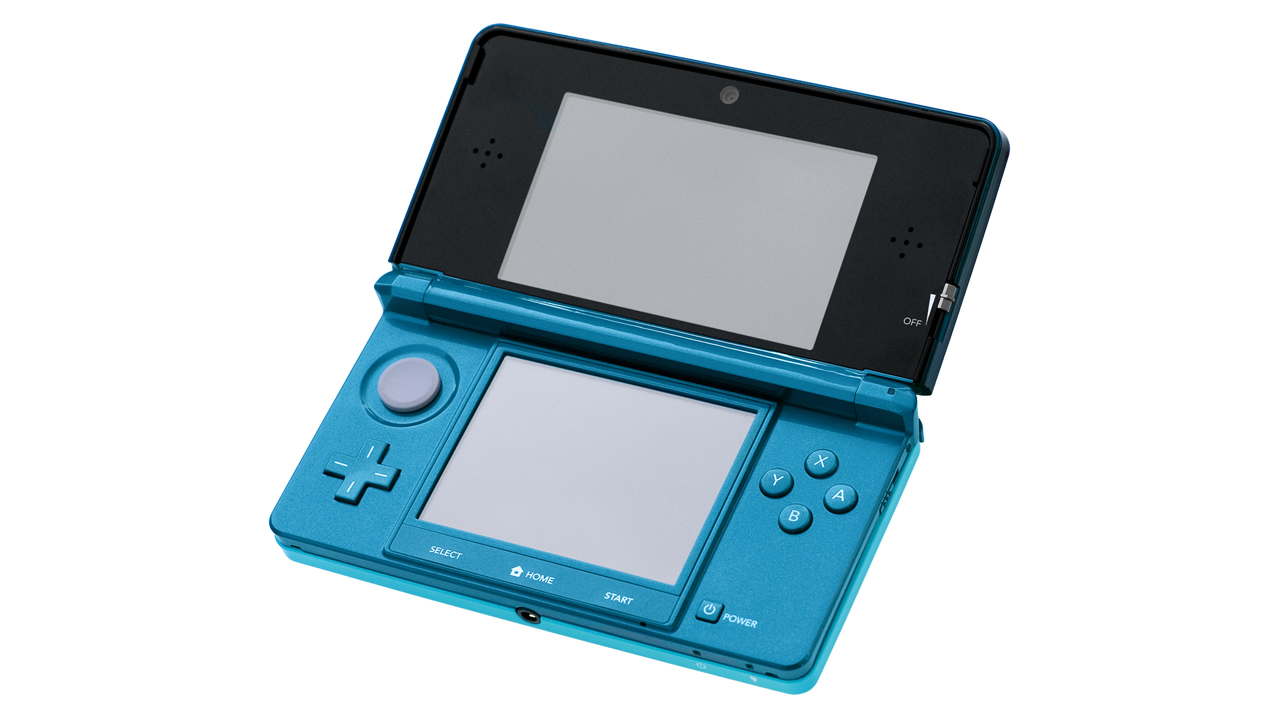3D Stereoscopy has experienced something of a recurring fad since its discovery, beginning with stereoscopic photograph viewers, all the way back in the mid-1800s. 3D films first rose to prominence in the 1950s, before mostly dying out and then enjoying a somewhat brief resurgence in the 1980s, and then again from the late (20)00s to early '10s. That most recent period of renewed interest in 3D films also gave rise to some new 3D technologies and devices as well, including televisions and, perhaps most notably, the Nintendo 3DS
For decades, Nintendo had invested in and experimented with various types of 3D tech, including their infamously ill-conceived Virtual Boy system, which they released to the public in the mid-90s (before quickly cancelling it within a year's time) Despite their failures with that much-maligned gaming device, Nintendo eventually opted to try one more time, with the successor to their wildly successful DS portable. In order to avoid one of the most common complaints associated with the vast majority of stereoscopic displays (the need for glasses), as well as to try and avoid any more disastrous product failures, Nintendo wisely invested in a somewhat novel approach for what would become their 3DS system. By utilizing a parallax barrier inside the screen of the 3DS, Nintendo was successfully able to generate 3D images completely free of the usual glasses requirement.
Despite this groundbreaking approach to 3D gaming, the 3DS, not unlike its earlier 3D predecessor, got off to a pretty slow start sales-wise (though not nearly to the extent of the Virtual Boy). Luckily for Nintendo, they were able to mostly turn things around with an early price cut and the announcement of incoming downloadable NES and Game Boy Advance classics for the system, some of which were made available at no cost to early adopters. The 3DS eventually went on to become a moderate success for Nintendo, selling more consoles than the GameCube and the N64 combined (though still only managing to move about half as many the record-holding original DS system). As would be expected of just about any Nintendo device, particularly one with such unique stereoscopic 3D capabilities, the 3DS boasted some pretty uniquely excellent games to match. Here are 12 of the very best titles that the 3DS had to offer.
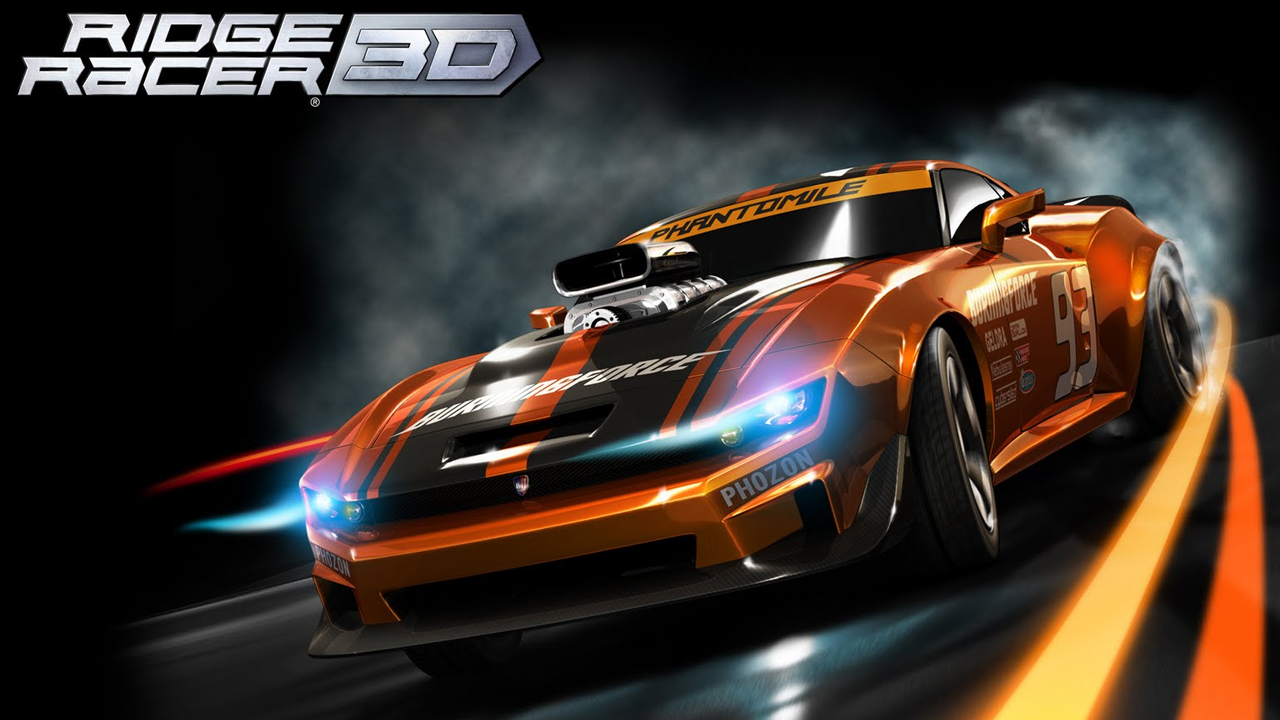
Ridge Racer 3D (Namco, 2011)
After releasing a Ridge Racer title to coincide with the launch of every single one of Sony's PlayStation consoles up to that point (including the PSP), in addition to Microsoft's Xbox 360, developer/publisher Namco (Bandai) finally saw fit to give Nintendo a launch release of their very own with the excellent 3DS entry, Ridge Racer 3D. Though some of the tracks and vehicles in the game had already appeared in previous installments, the game still boasted some new content as well. Additionally, the implementation of 3D really did a phenomenal job of enhancing the game's fantastic visuals and sense of speed. The game also included a welcome local multiplayer mode for up to 4 players. What Ridge Racer 3D represented was a pretty stunning showcase of what Nintendo's (then) brand new stereoscopic portable was capable, as well as an absolutely must-have title for early adopters of the system.

Super Mario 3D Land (Nintendo, 2011)
As mentioned previously on our Nintendo 64 Retrospective, Super Mario 64 was the first Nintendo game to feature the Mushroom Kingdom in 3 dimensions; and it did so exceedingly well. But while Nintendo's hit N64 title may hold the distinction of being the first game to bring Mario and company into a fully playable 3D realm, it was their 2011 3DS hit, Super Mario 3D Land, that first rendered the Mushroom Kingdom in a convincing stereoscopic manner. The game didn't just manage to surpass Mario 64 with regards to 3D however, the graphics and gameplay were both also massive improvements, resulting in, according to the Mario series' own creator, Shigeru Miyamoto, a 3D Mario game that plays like a 2D Mario game. Unsurprisingly, Super Mario 3D Land was a massive hit that went on to win several awards from various publications. It even spawned the hit Wii U (and Switch remake) sequel, Super Mario 3D World.
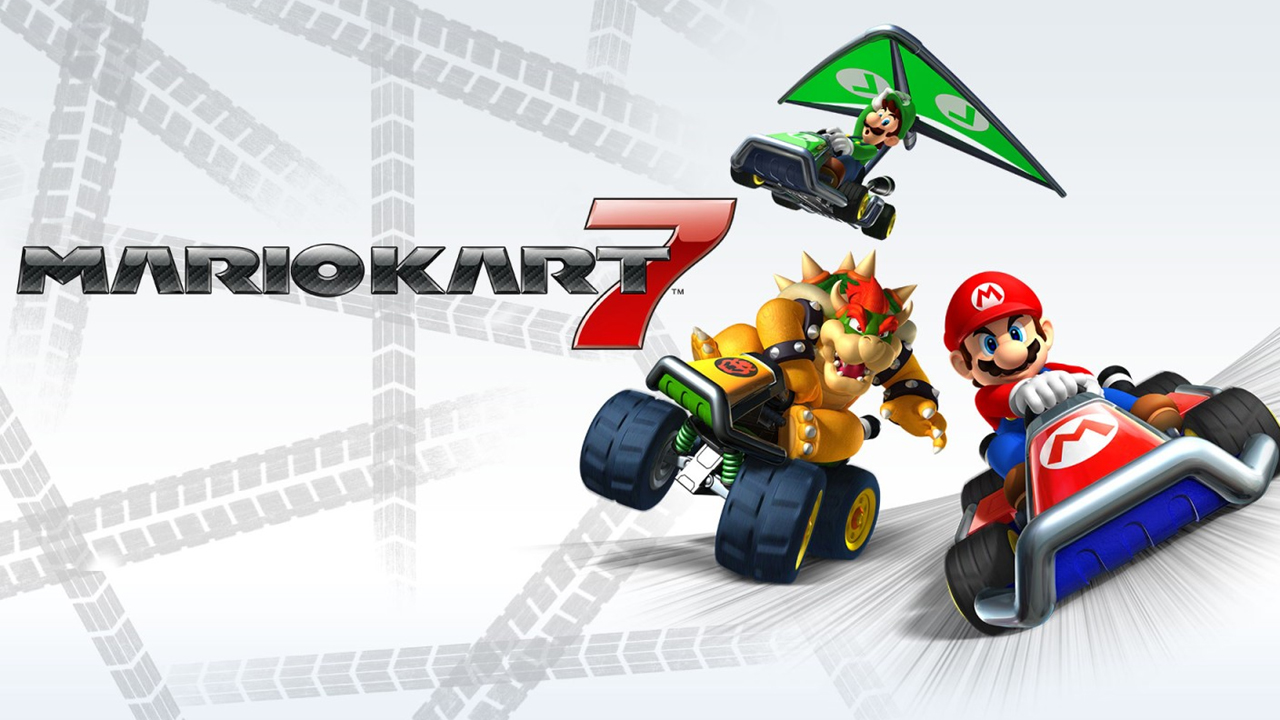
Mario Kart 7 (Nintendo, 2011)
What would a new Nintendo console even be without another fantastic installment in their belove Mario Kart series to play on it? Thankfully, that's a question that didn't have to be answered in the case of the 3DS, as Nintendo made sureto have one ready to go the very same year that the system was released. Mario Kart 7 was far from just another installment too, with visuals that stood head and shoulders above most other entries. The game also featured more playable characters than its predecessor on the original DS which, along with all new series additions such as hang gliders, underwater stages, and vehicle customization options, made Mario Kart 7, not only one of the better titles to come to the 3DS, but arguably one of the best Nintendo has ever released.
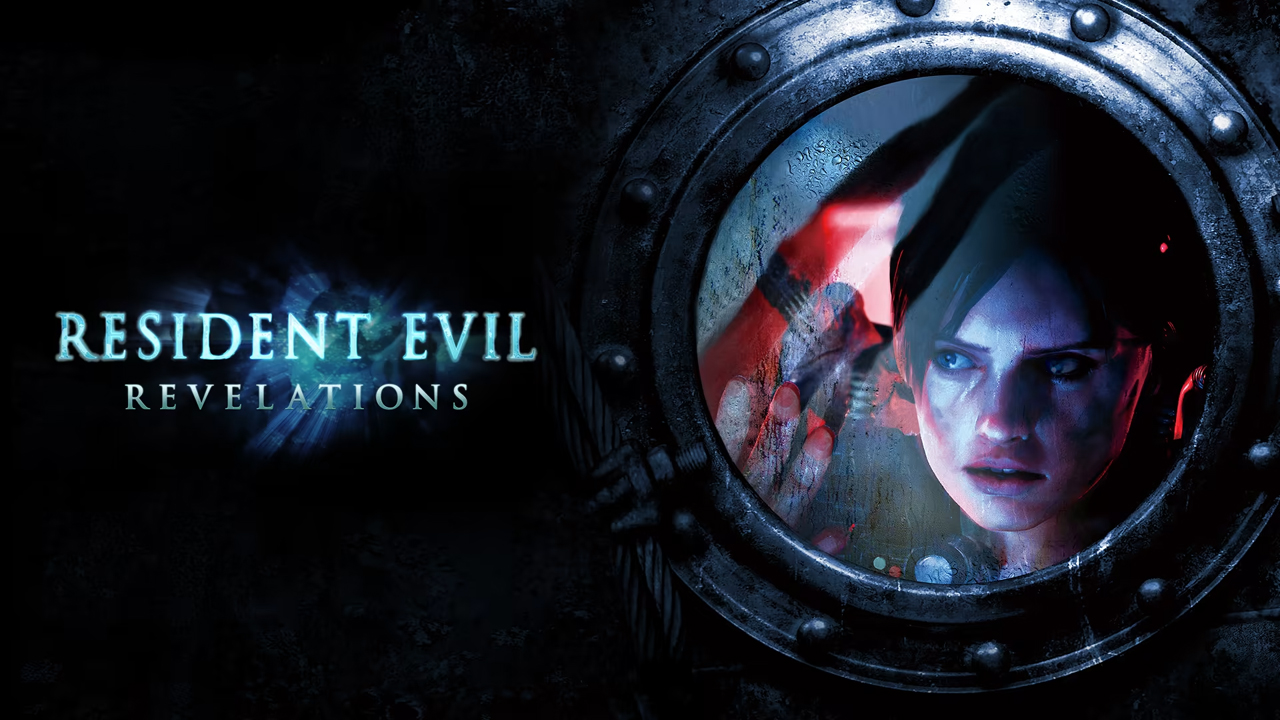
Resident Evil: Revelations (Capcom, 2012)
Resident Evil: Revelations was the first (and thus far, only) all-new, canonical Resident Evil experience to first arrive as a portable exclusive. While Resident Evil Gaiden on the Game Boy Color may have been the first portable exclusive, its story wasn't part of the official series lore; and The Mercenaries 3D may have preceded Revelations by a year (and on the same system, no less), but that game was essentially the very same Mercenaries mode that had already been released for Resident Evil 5. Compared to those games, Revelations was, well, something of a revelation.
It featured a brand new single-player adventure that looked, sounded, and played pretty much just like a new numeric release would on a home console. Furthermore, the stereoscopic 3D effects were put to great use and really served to enhance the sense of atmosphere and dread. The included co-op mode was basically just icing on the cake. For these reasons, it's little wonder that the game had been ported to just about every other platform within a year and a half. But for over 14 months, the 3DS was the only place possible to enjoy this incredible title.
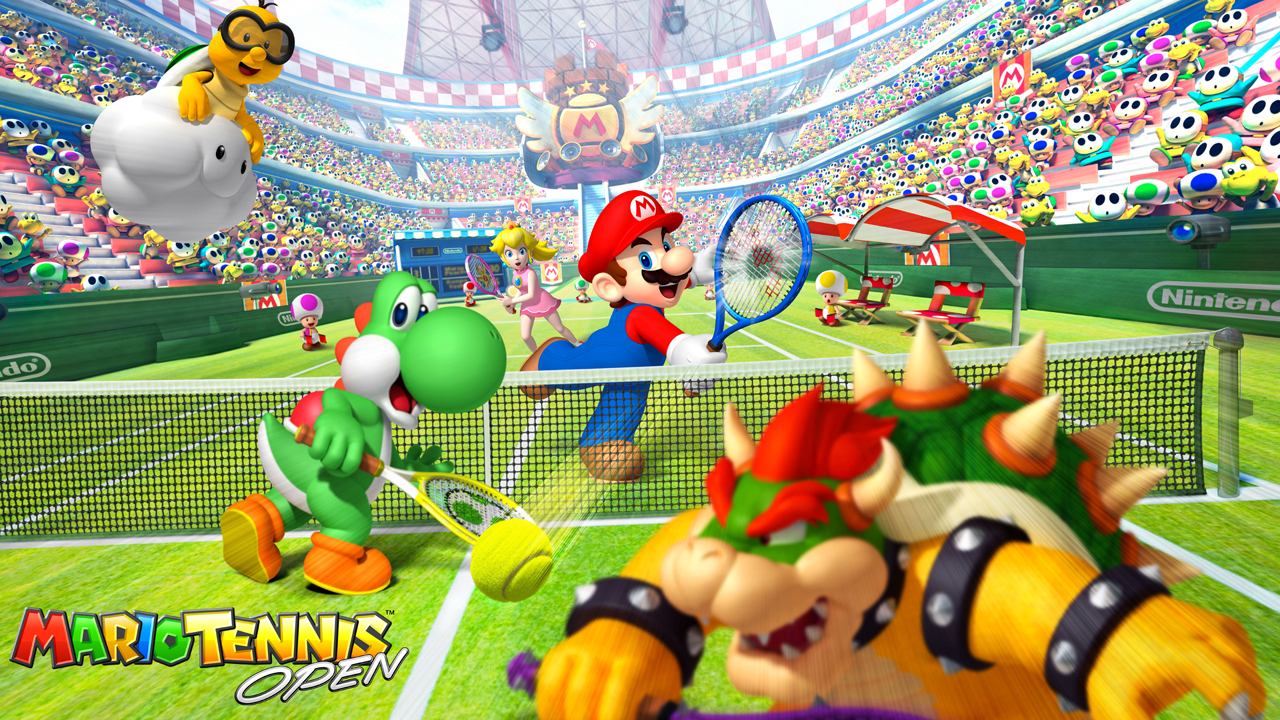
Mario Tennis Open (Nintendo, 2012)
When Mario Tennis Open hit the scene in 2012, some critics faulted the game for not having enough modes or new features. While it may have technically been true that the title could've brought just a bit more game to the court, it did still have plenty offer, including tournaments, exhibition matches, mini-games, and local and online multiplayer matches for up to 4 people. Furthermore, the game boasted new mechanics, a sizable roster of fan favorite characters, and some of the slickest (stereoscopically enhanced) visuals ever to be seen on a portable tennis game. So even though Mario Tennis Open may not have been the greatest series entry of all time, it still served up the most solid and respectable game of tennis ever to grace a Nintendo DS, 3D or otherwise.
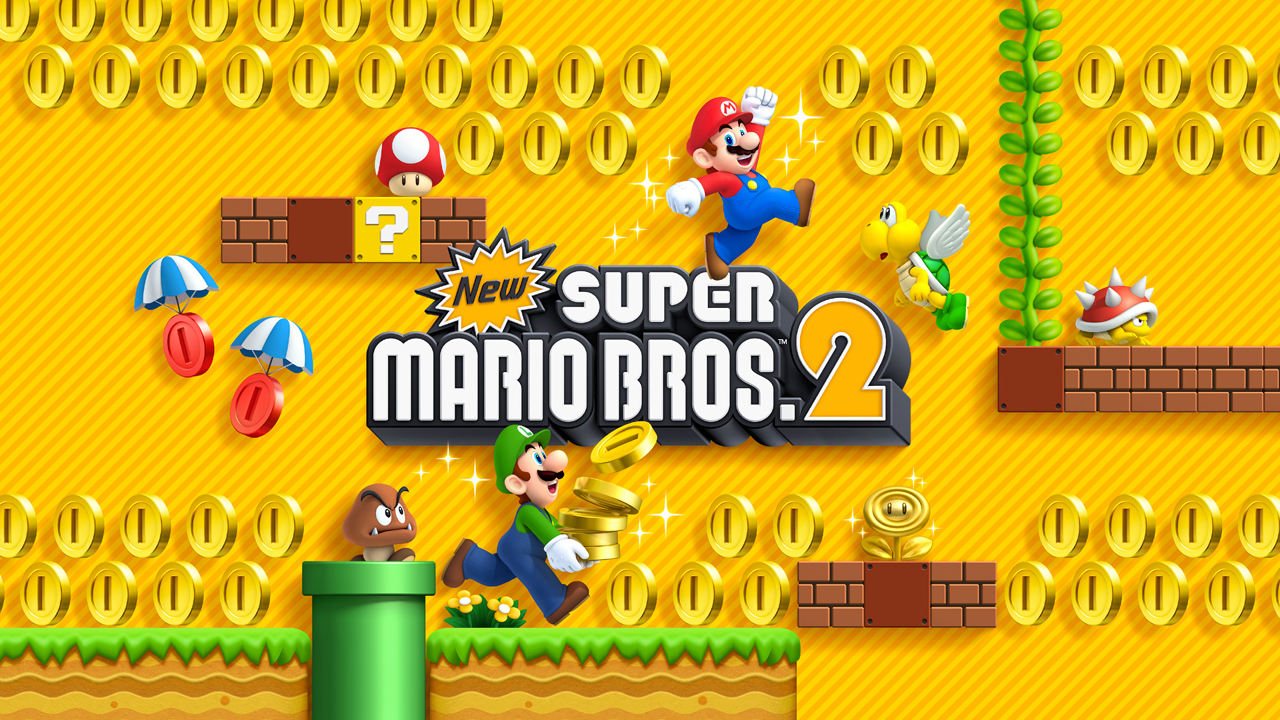
New Super Mario Bros 2 (Nintendo, 2012)
With Super Mario 3D Land being the absolute stunner that it was, you might have expected Nintendo to be content with merely having one smash hit Mario game on their 3D portable. But no, apparently they needed 2. New Super Mario Bros 2, that is.
The sequel to their original DS title, New Super Mario Bros, 2 retains just about everything that made the first game such a huge success, but Nintendo decided to crank it all up to 11. Particularly with regards to the number of coins in the game. They are everywhere. To the point that I usually just refer to this game as "Super Mario Gold", rather than it's actual title. In fact, there was actually a special Gold Edition of the game that was released at one point. At any rate, the game was a hit, receiving warm reviews from the critics and also managing to become a top-selling title over the life of its console.
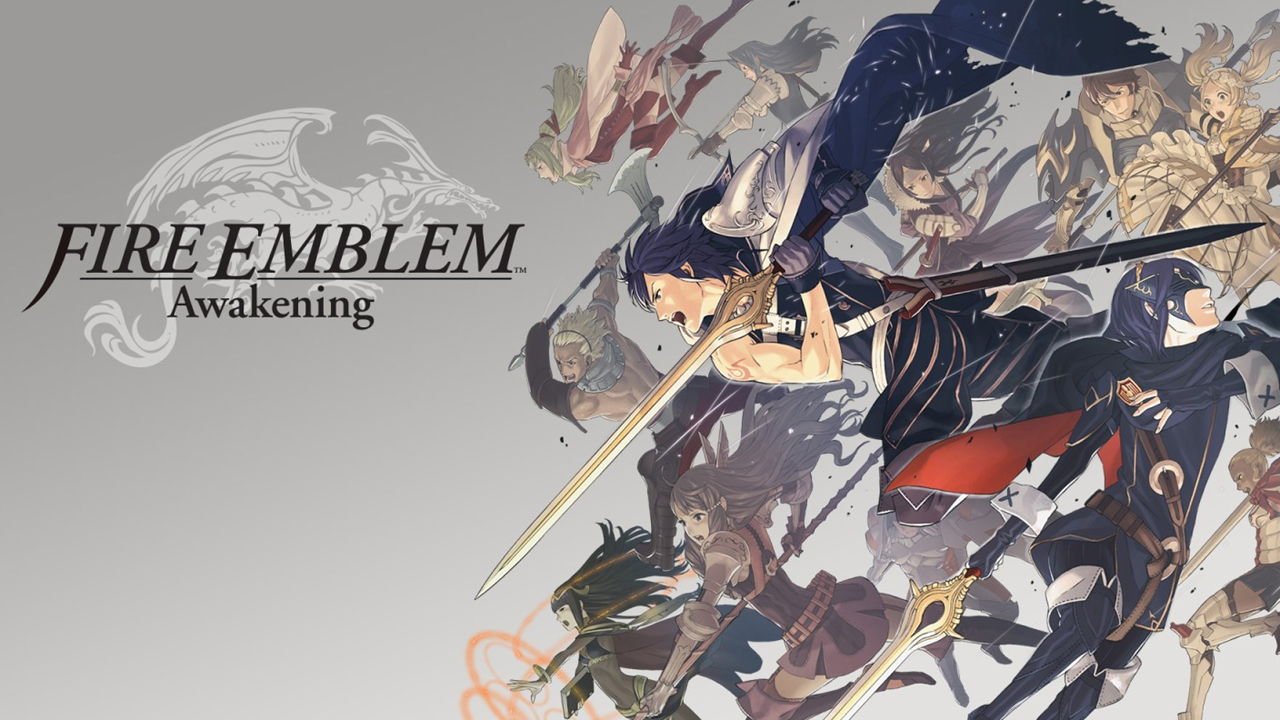
Fire Emblem: Awakening (Nintendo, 2013)
Fire Emblem: Awakening could have ended up being the last installment ever made. With series sales steadily declining over the years leading up to its release, the development team understood going in that if the game wasn't a fairly significant success, it very likely would have been the final entry. The team therefore decided to give it their all and attempt to create the best Fire Emblem game possible so as to ensure that the franchise would either continue to live on, or at the very least, go out on a high note.
For starters, Rei Kondoh of famed sound production company, T's Music, was tapped to help score the game. Additionally, a manga artist and character designer for the No More Heroes franchise was brought in to help give the game a more distinctive art style. Finally, a casual mode was added in order to make the game more accessible to beginners.
Fortunately for the development team, (and Fire Emblem fans everywhere) their hard work paid off. Awakening was a pretty overwhelming success, being nominated for, and winning, several awards. More importantly, the title ended up well exceeding initial sales predictions, thereby solidifying the future of the series and eventually resulting in multiple additional entries (two of which also came to the 3DS).
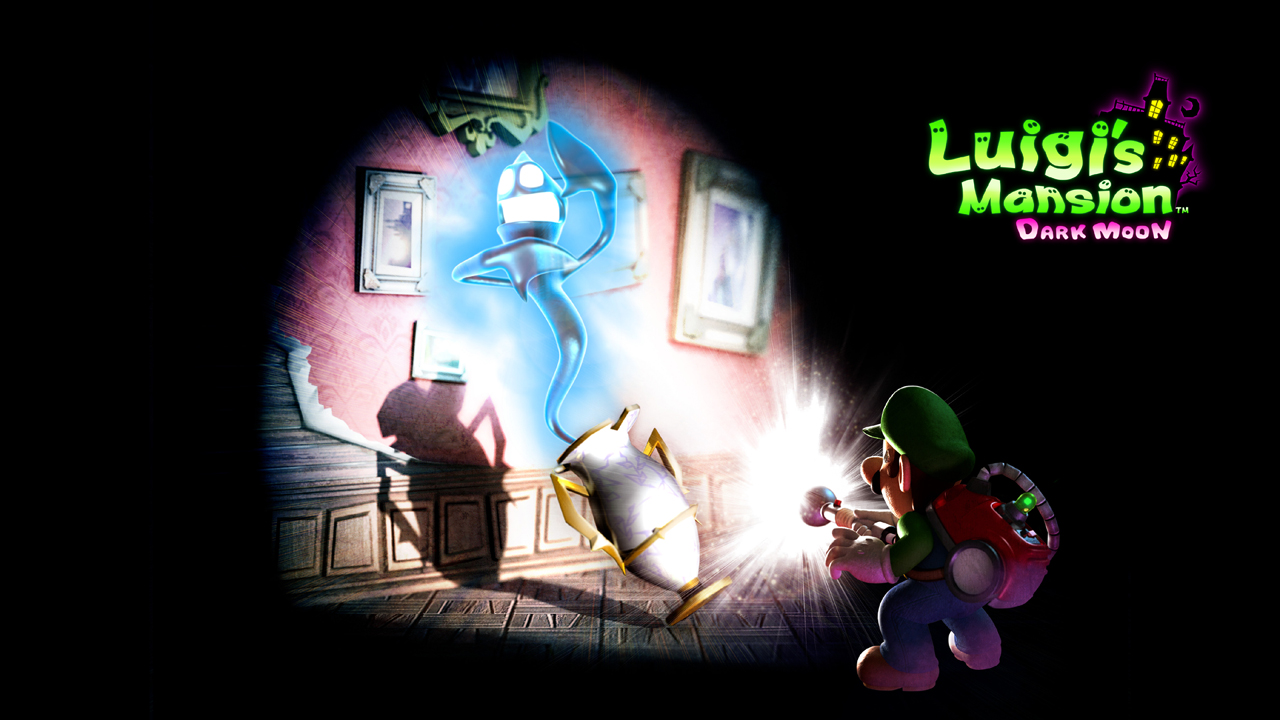
Luigi's Mansion: Dark Moon (Nintendo, 2013)
As part of the 30-year anniversary commemoration of the 1983 arcade hit, Mario Bros, Nintendo decided to declare 2013 to be the "Year of Luigi". In celebration of the event, Nintendo released several games over that 12-month period that either co-starred or focused almost entirely on Mario's often overlooked green-clad sibling. Of all the title's to come out during Luigi's year, the biggest would appropriately enough have to have been the 3DS-exclusive sequel to the GameCube hit, Luigi's Mansion.
Luigi's Mansion: Dark Moon was a superbly crafted follow-up that expanded on the original game in some pretty compelling ways, and even included a welcome co-op mode for up to 4 players. The game also made fantastic use of the stereoscopic 3D to really breathe life into its eerie, yet charming setting. Upon release, Dark Moon was an instant hit with critics and fans alike. In fact, the game was so incredibly popular that eventually a version was even created for the arcades. An incredibly uncommon occurrence in this day and age.
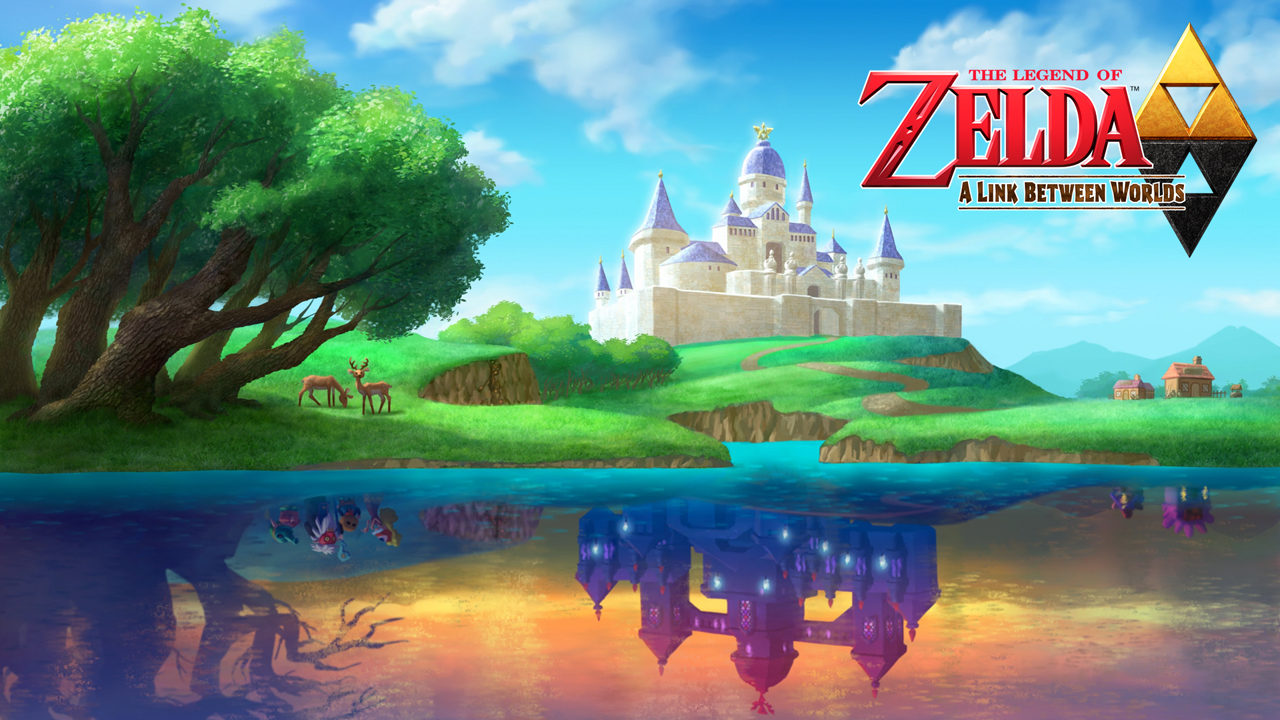
The Legend of Zelda: A Link Between Worlds (Nintendo, 2013)
Although the system would eventually receive ports of each of the outstanding Nintendo 64 Legend of Zelda titles, Ocarina of Time and Majora's Mask, the 3DS was actually forced to go without a proper installment of its own for over the first two and a half years of its life. Thankfully, this outrageous oversight was finally rectified in the fall of 2013, with the release of the 3DS exclusive, The Legend of Zelda: A Link Between Worlds. The game didn't take any inspiration from the N64's Zelda titles, however, instead serving as a direct sequel to the outstanding 1992 Super Nintendo entry, The Legend of Zelda: A Link to the Past.
Using that title's existing game world to frame the story (though set many years later), A Link Between Worlds also borrowed many of the music tracks, designs, and gameplay elements as well. But many new elements and features were also created for the game, such as the unique wall-traversing graffiti transformation mechanic. This allowed the game to pay homage to and stir up fan nostalgia for the original title while simultaneously offering a nice mix of compelling new content and lore as well. Needless to say, The Legend of Zelda: A Link Between Worlds was quite popular when it was released and performed very well sales-wise. It even managed to pick up more than a few game of the year awards.
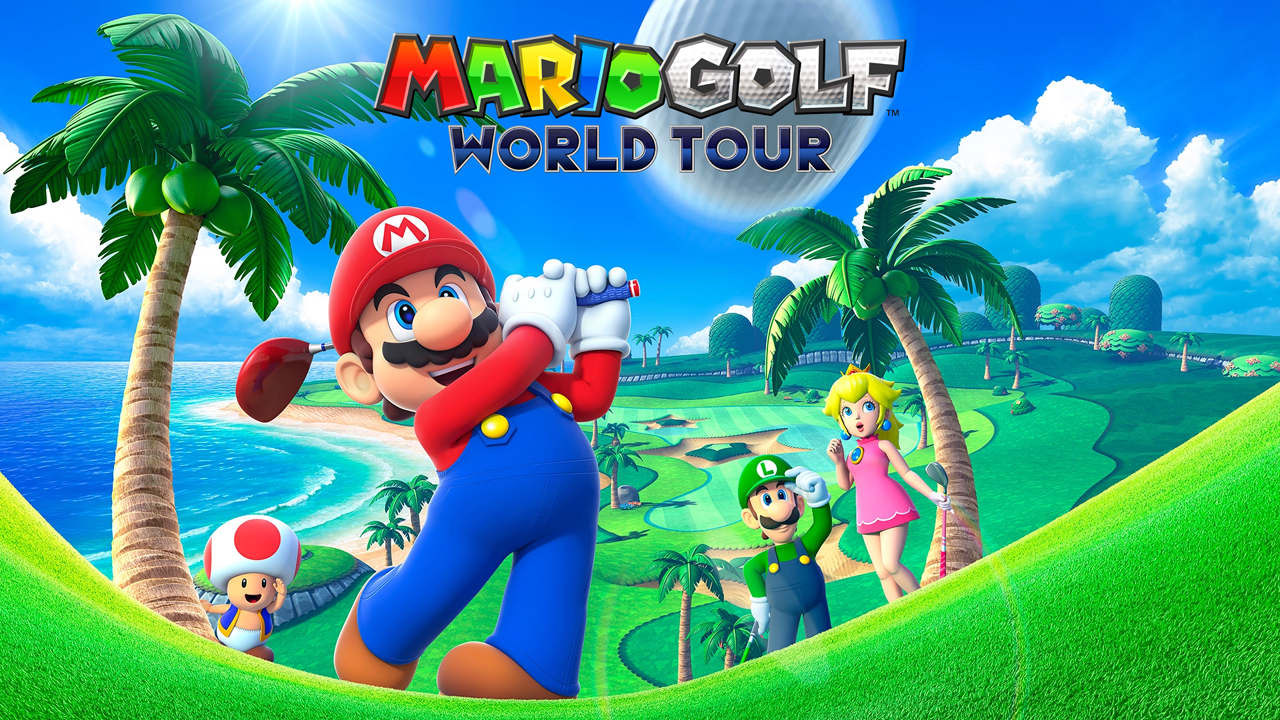
Mario Golf: World Tour (Nintendo, 2014)
Of all the many Mario franchises out there, Mario Golf would probably have to be the most criminally underrated. While not every Nintendo system has been fortunate enough to receive an installment (sadly), the ones that did were nearly always the (much) better for it. Case in point, the 3DS with its outstanding entry, Mario Golf: World Tour. While the game may not have contributed anything particularly groundbreaking to the series (aside from a cool stereoscopic effect), what it did have to offer was a superb-looking, extremely competent and enjoyable round of golf on some creative new courses with a few other bells and whistles added in for good measure. In essence, everything you could ever really want in a golf title, Mario or otherwise.
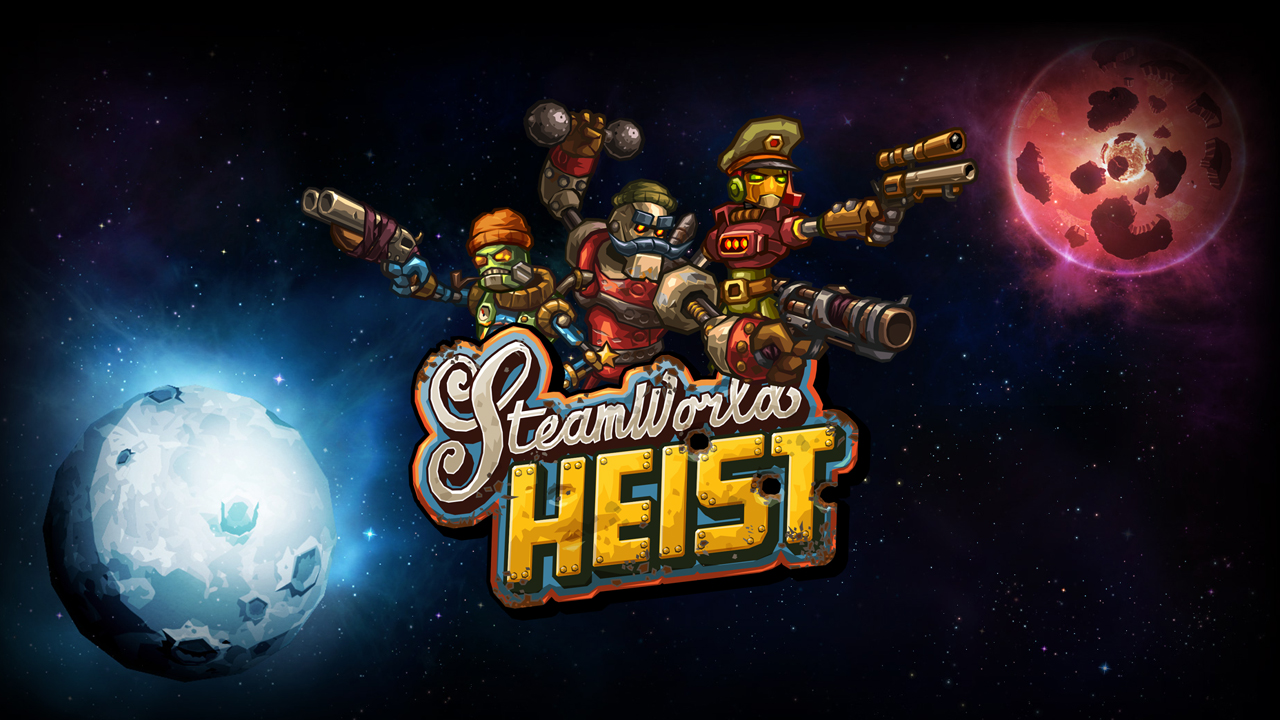
SteamWorld Heist (Image & Form, 2015)
SteamWorld Heist was a downloadable title first appearing exclusively in the 3DS eShop in December of 2015. A tactics game from the makers of the well-received 2013 indie title, SteamWorld Dig (which also first released on the 3DS eShop), Heist was actually a spinoff set in the same universe (hence the name). But with Heist, developer Image & Form opted to trade Dig's action-platforming adventures of a robot miner in a steam/Western setting for the tactical shooting adventures of a robot ship captain in a steam/space setting. As with Dig, Heist was also was also quite critically-acclaimed. Moreso, in fact, and the game was soon ported to just about every platform under the sun. However in 2015 (and much of 2016), the 3DS was the only system this (inter)stellar treasure could be experienced on.
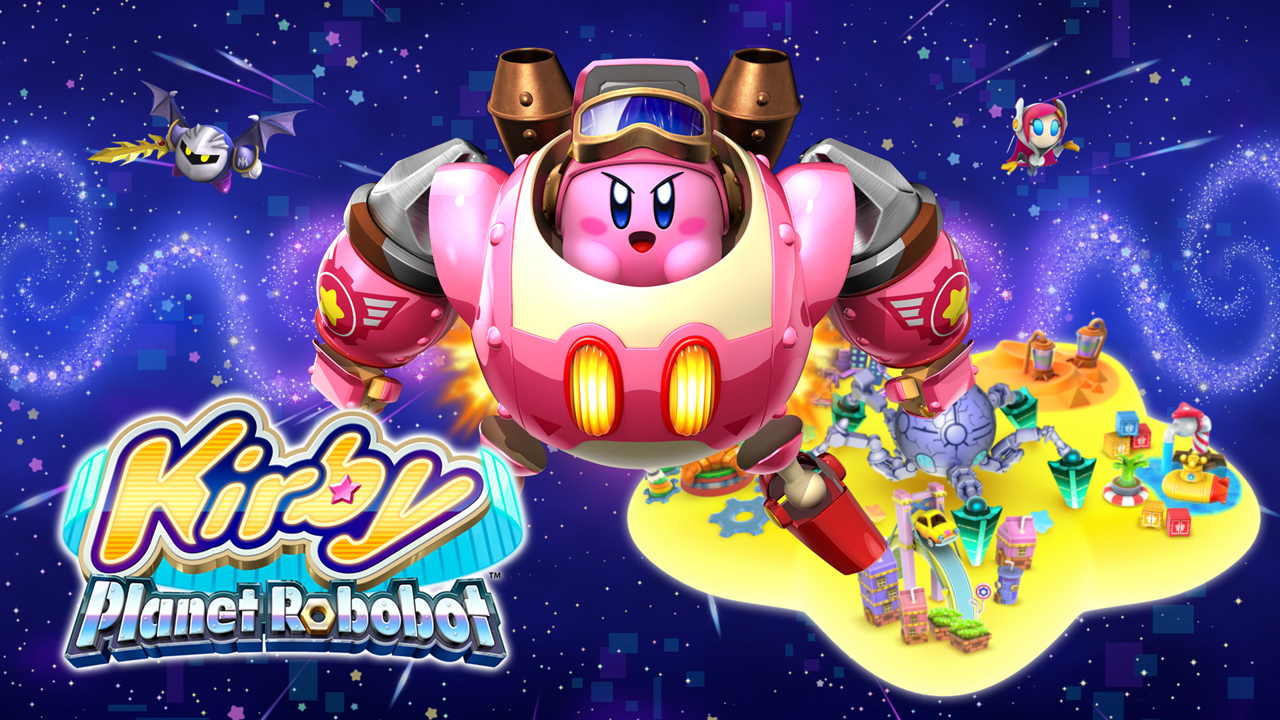
Kirby: Planet Robobot (HAL Laboratory, 2016)
As with the Mario Kart series, any new Nintendo system just wouldn't feel complete without at least one Kirby game in its library. Thankfully, Nintendo seemed to understand this and so tapped HAL Laboratory to give 3DS owners, not one, but two fantastic new Kirby titles (and one Wii port) to play on it. The first of these, 2014's Kirby: Triple Deluxe was a pretty outstanding title in its own right. But it was 2016's later 3DS release, Kirby: Planet Robobot, that really took things to another level.
Whereas with Triple Deluxe, they played it a little safer, with a slightly more traditional affair (albeit with one or two pretty interesting new mechanics), HAL Laboratory dared to mix thing up a bit more with Planet Robobot, and to great success. These changes included a new mechanical theme, new bosses to battle, and even the ability for Kirby to utilize a mech suit. The title also included two pretty entertaining mini-games (one of which offered local multiplayer), for additional replayability and enjoyment. For these reasons, Kirby: Planet Robobot, along with the aforementioned Triple Deluxe (and the also charming Wii port, Kirby's Extra Epic Yarn), made the 3DS, not only another great system for Kirby fans, but arguably one of the best and most important systems a Kirby fan could ever own.
As the current final release in a long line of totally dedicated portable gaming systems (not counting the Lite revision of the Nintendo Switch), not to mention the only one ever to be released that offered accessory free stereoscopic 3D, the Nintendo 3DS holds a very important and unique place in gaming history. The system also released at a time when portable gaming was beginning to lose considerable market share to mobile phone gaming. Though sales were initially a bit slow to start, some quick fixes by Nintendo were able to right the ship and the 3DS went on to put up some pretty respectable numbers over its lifetime. The same could not be said for the system's main competitor, Sony's PlayStation Vita, which was regarded as such a commercial failure that Sony has never bothered to even hint at any intention of releasing another handheld.
During the course of the 3DS's run, Nintendo released several variations of the portable which helped add to the system's overall profitability and longevity. Some of these different models included a larger-screened version, called the "3DS XL"; a later "New 3DS" system which featured various upgrades and additions including Nintendo Amiibo figurine communication capabilities, ZL/ZR shoulder buttons, and a C-Stick; and even a cheaper, more child-oriented 2D redesign which was rebranded as the "2DS". Just as they had when they first released the 3DS, in 2017, Nintendo did something groundbreaking again with the release of their next console. They released a system that would serve as a follow-up, not only to the 3DS portable, but to their Wii U home console as well. One product that could go back and forth, filling both roles, whether connected to the television at home, or taken and enjoyed on the go (though notably without any stereoscopic 3D capabilities). The aptly-named, Nintendo Switch.
Sadly for 3DS (and Wii U) fans, and for the first time since the release of their 2001 GameCube console, Nintendo's new Switch system offered no backwards compatibility of any kind. As if that weren't unfortunate enough, Nintendo also announced that they would shut down the online stores for 3DS (and Wii U) on March 27, 2023. Exactly 12 years to the day from the launch of the handheld system. Which means that going forward, the only way to obtain the fantastic titles that the 3DS had to offer is by buying the physical releases from online sellers and/or whatever few remaining retail stores that still carry them (and the prices are going up all the time). But for those who have the means (or access to an existing collection), the 3DS is well worth checking out. Not only for its historical significance, or its amazing stereoscopic technology, but for its unparalleled collection of top notch titles.
(This is a repost of an article that also appeared on 12/12 Games.)
[Images: Nintendo, Namco, Capcom, Image & Form, HAL Laboratory]

